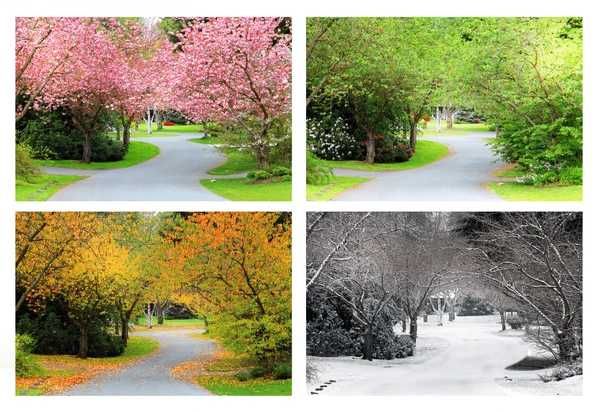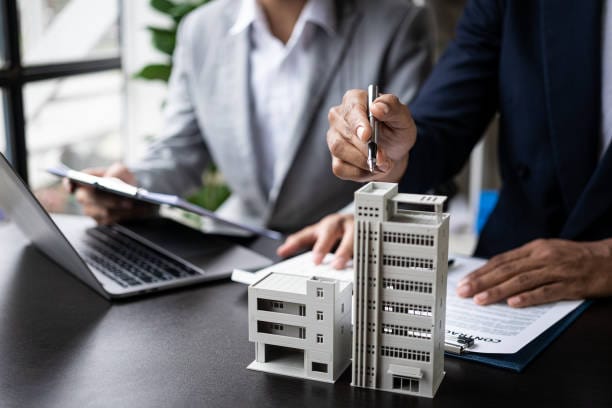The evolution of cities is a constant reality. Neighborhoods change, modernize, and sometimes undergo radical transformations. These changes are often the result of urban revitalization projects initiated by municipalities or in partnership with the private sector. When a neighborhood benefits from such investments, the impact on the real estate market can be significant, ranging from rising property values to renewed attractiveness.
Urban revitalization projects can take many forms: redeveloping commercial streets, creating parks, modernizing public services, improving transportation infrastructure, or transforming abandoned industrial areas into residential neighborhoods. The goal is generally to breathe new life into a declining or underutilized area by improving residents’ quality of life and attracting new populations.
The first thing that changes when a neighborhood is revitalized is its image. A neighborhood previously perceived as abandoned or unsafe can, after a few years of investment, become synonymous with vibrancy and renewal. This perception directly influences buyers’ interest. Even if the intrinsic value of the buildings has not yet changed, the anticipation of a brighter future creates growing demand. As a result, prices begin to rise.
Public infrastructure plays a major role in this process. The addition of an urban park, planting trees, installing benches and streetlights, or repairing sidewalks helps create a more pleasant living environment. These elements improve not only the neighborhood’s aesthetics but also residents’ sense of security and well-being. These factors are often decisive when choosing a place to live.
Accessibility is another crucial factor. When a revitalization project includes improvements to public transit or the construction of a new metro or train station, the neighborhood’s connectivity improves. Better access to major employment centers, schools, or commercial hubs automatically increases the area’s appeal. More and more people are looking to live in well-connected areas where it’s possible to get around without a car. This trend greatly contributes to increasing the value of nearby properties.
Neighborhood revitalization often brings new businesses as well. Cafés, restaurants, local markets, and independent shops begin to emerge. These establishments create a dynamic neighborhood life and encourage social interactions. The community fabric strengthens, attracting families, students, and retirees looking for a lively and pleasant environment.
Revitalization projects can also include the repurposing of industrial, commercial, or institutional buildings. Converting an old factory into modern housing or a former warehouse into a cultural space gives new purpose to existing structures while preserving the neighborhood’s identity. These projects often attract architecture enthusiasts, artists, and entrepreneurs, helping to create a unique urban atmosphere.
The impact on existing properties is tangible. Houses and condos already in the area increase in value—sometimes dramatically. Even without major renovations, simply being located in a transforming neighborhood is enough to draw attention. Demand rises, selling times shrink, and market comparables adjust accordingly.
Community services are another essential element. The addition of a library, community center, school, or daycare improves residents’ everyday lives. These services meet the real needs of families, young people, and seniors. When a neighborhood is well-equipped with community infrastructure, it becomes a top choice for long-term settlement, helping stabilize and strengthen property values.
Green spaces also play a key role. The creation of walking trails, bike paths, or community gardens encourages a healthier lifestyle. These features are particularly sought after by young families and outdoor enthusiasts. They add a dimension of quality of life that is hard to quantify but strongly influences purchasing decisions.
Some cities even encourage revitalization initiatives by offering grants or tax incentives to property owners who renovate their buildings or entrepreneurs who set up in targeted zones. These measures stimulate investment, accelerate neighborhood transformation, and send a positive signal to potential buyers.
It’s important to note that the effects of a revitalization project are not always immediate. Some transformations take years to materialize. It takes time for the environment to evolve, businesses to open, and new constructions to be completed. However, for those who have the patience and vision to invest in a changing area, the rewards can be considerable.
Revitalization can also have indirect effects, such as rising rents, which may displace vulnerable populations. It’s therefore crucial that these projects be carried out with careful attention to social balance. Urban development should not come at the expense of current residents, but rather include them in the transformation of their living environment.
In conclusion, urban revitalization projects have a profound impact on property values. By changing a neighborhood’s image, improving accessibility, enhancing infrastructure, and creating a dynamic community life, they attract new residents and stimulate the local economy. For anyone looking to invest in real estate, understanding the potential of a revitalizing area can be a strategic advantage. A neighborhood in transformation today could very well become the most sought-after location of tomorrow.

